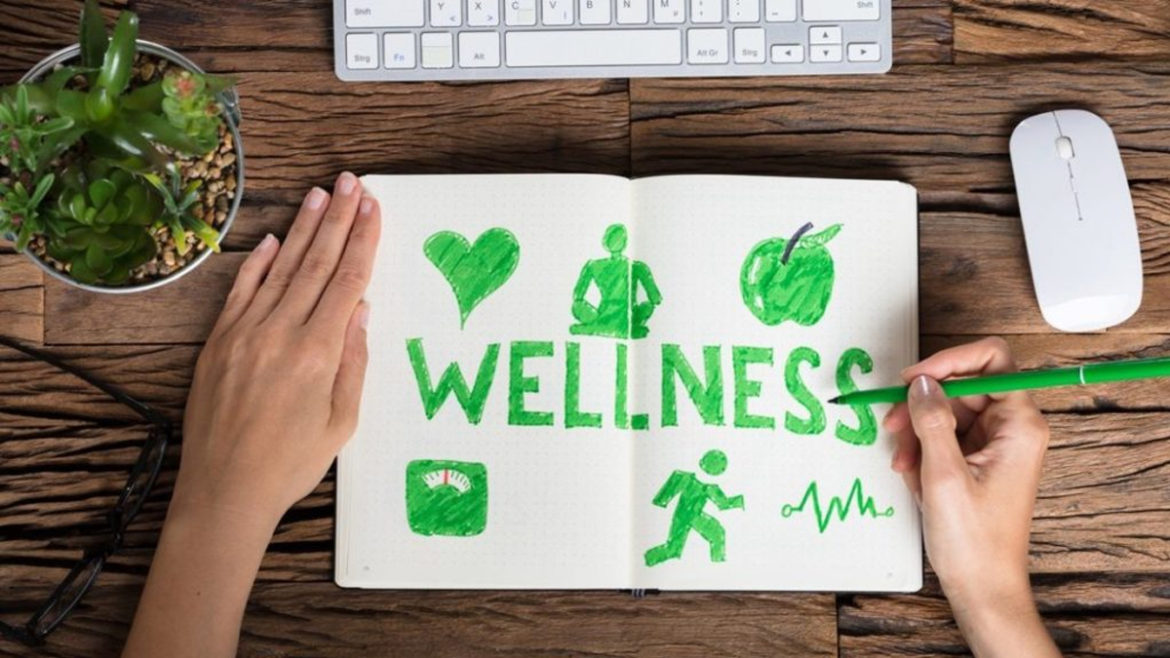In an article published just over a year ago, author Jessica Stillman explored a recent study that seemingly showed corporate wellness programs were a “massive waste of money.” Her words, not ours.
The study Stillman referred to was one conducted by Katherine Baicker from the University of Chicago and Harvard’s Zirui Song. The study itself was a randomized trial of a workplace wellness program implemented by BJ’s Wholesale Club stores.
The Study:
Researchers randomly assigned employees from approximately 30 BJ’s Wholesale Club stores to participate in the company’s corporate wellness program-or not and subsequently tracked them for 3 years. Implemented by registered dietitians, the company’s corporate wellness program included modules on physical activity, nutrition, and stress management.
At the end of the 3-year study, researchers found that while employees at the treatment work sites had better self-reported health behaviors and a higher rate of participants actively managing their weight, “No significant differences were found in self-reported health; clinical markers of health; health care spending or use; or absenteeism, tenure, or job performance.” Moreover, the study also found no difference between the cost of employee health insurance between the two groups or any evidence of better job performance for those enrolled in the wellness program.
Interestingly, this one study prompted Inc.com to publish an article suggesting that “corporate wellness programs are pretty much useless.”
Goomi Group begs to differ.
Since Johnson and Johnson launched the first corporate wellness program (Live for Life) in 1979, thousands of companies have followed suit, and for good reason—corporate wellness programs work. According to findings from the 2020 Employer Health Benefit Survey by Kaiser Family Foundation, a whopping 81% of large companies (those with 200 or more employees) offered some type of employee wellness program in 2020.
Moreover, study after study has proven the effectiveness of employee wellness programs for both employees and the company’s bottom line.
One study published in the Journal of Occupational and Environmental Medicine showed a clinically significant improvement in hypertension and cholesterol levels of the study’s participants. In the same study, obese employee participants showed significant improvements in mental health and dietary variables.
Another study published in The Lancet showed that workplace wellness programs are associated with improvements in dietary and cardiometabolic risk factors.
The fact is that well-designed and well-run workplace wellness programs work—but wellness programs solely focused on physical health do not yield cost savings and employee health outcomes companies are seeking. Design and implementation are key.
We also think it’s worth noting that only 10 years prior to the release of this study, the same researchers (Katherine Baicker and Zirui Song) published a study applauding workplace wellness programs. That study published in 2010 found that medical costs fell by $3.27 for every dollar spent on the wellness program, and absenteeism costs fell by about $2.73 for every dollar spent. Not surprisingly, these data points have been repeatedly used in support of employee wellness programs.
Wellness is more than a salad. More than a mental health day. To achieve the best results, companies must take a holistic approach to wellness programs. Only those that consider social, financial, physical, and community well-being will help their employees thrive.
If your organization is looking for a corporate wellness program that works, Goomi Group can help. Whether you’re on-site or online, Goomi can meet you where you are with employee wellness solutions that work for everyone.












